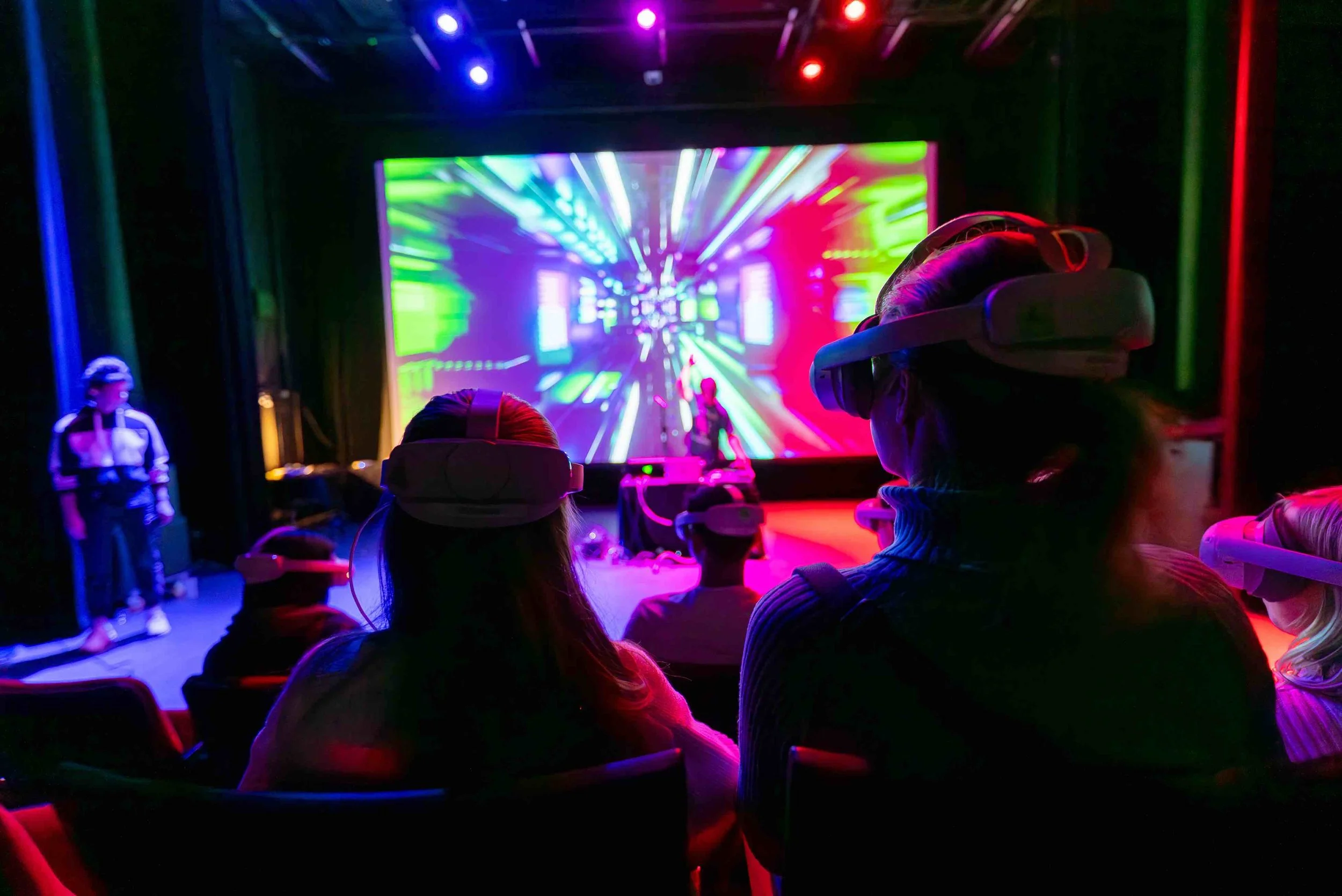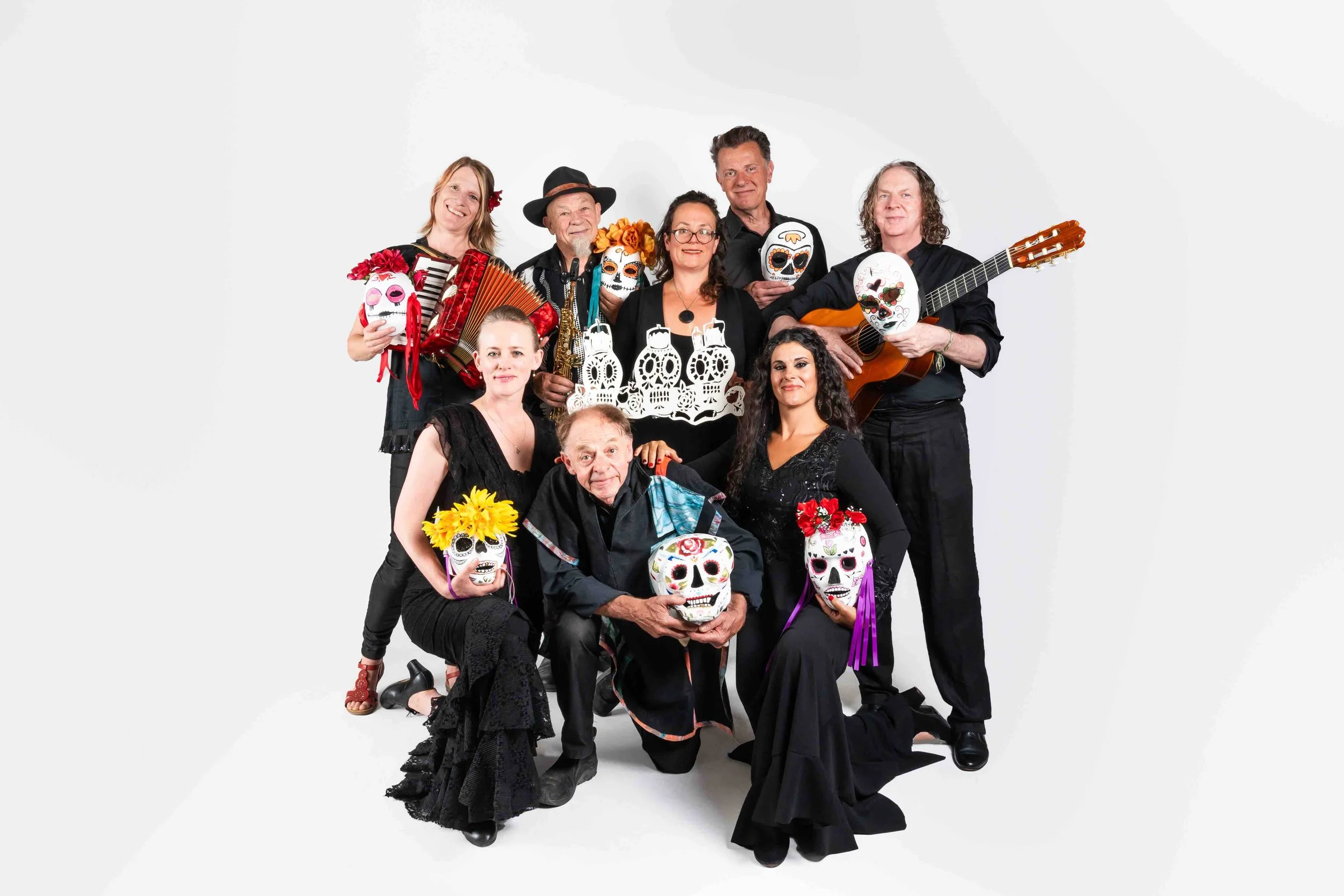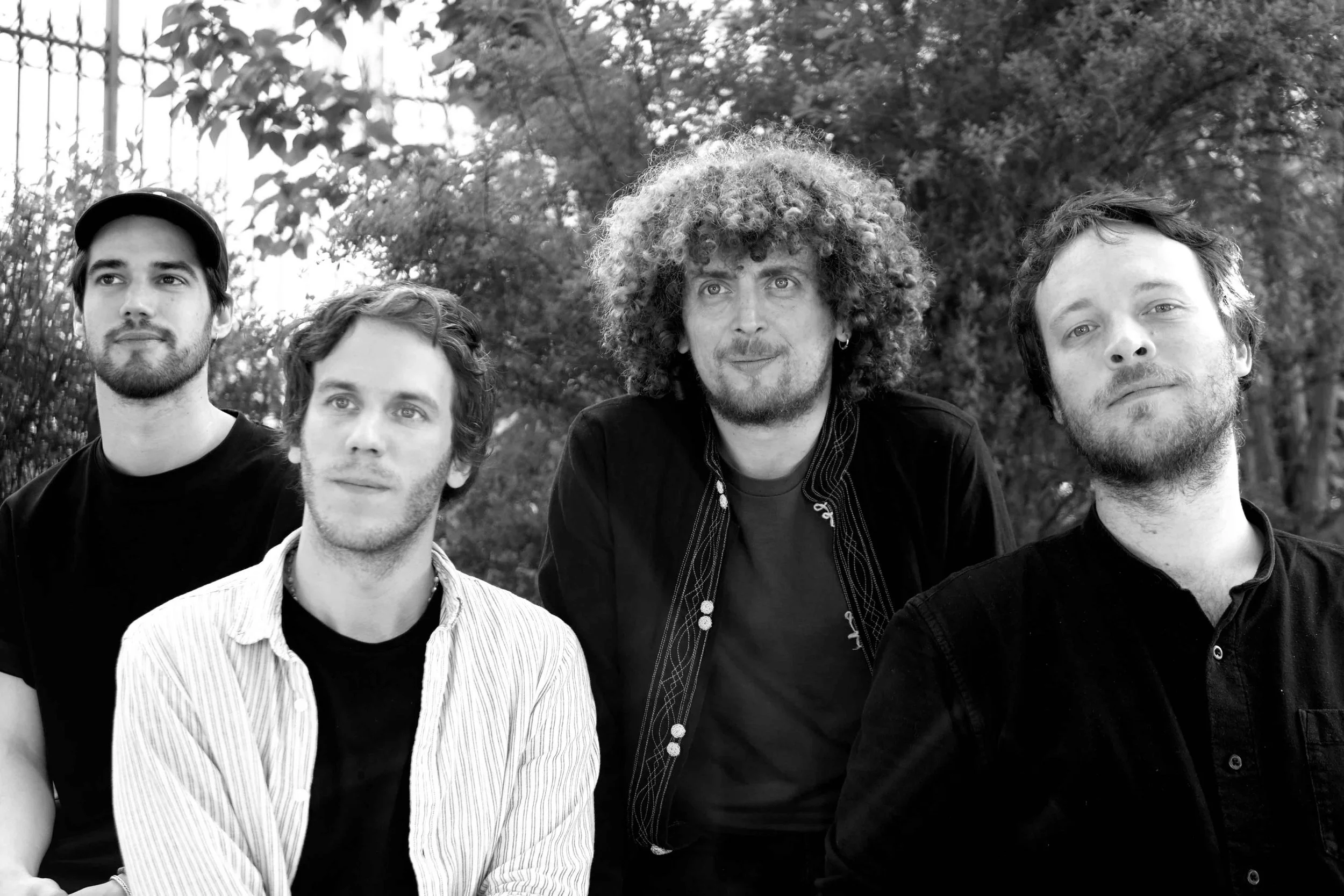Squamish Lil’wat Cultural Centre hosts carving of the Community Reconciliation Canoe
Led by Chief Ray Natraoro (Ses Siyam) of the Squamish Nation, the carving is being featured in interactive Paddling Through the Nations Tour
Chief Ray Natraoro (Ses Siyam)
SITUATED ON SHARED Sḵwx̱wú7mesh and Líl̓wat7úl Territory, the Squamish Lil’wat Cultural Centre has announced the Community Reconciliation Canoe carving as part of its Salish Summer Carving Series.
Master carver Chief Ray Natraoro (Ses Siyam) of the Squamish Nation will lead SLCC cultural ambassadors Brandon Hall of the Squamish Nation and Q̓áwam̓ Redmond Andrews of Lil’wat Nation, who will be working as apprentices carving the canoe at the entrance to SLCC’s Great Hall. Their work is being featured in the Paddling Through the Nations tour, which is now running Wednesdays through Sundays until September 4. (No pre-booking is required.)
Natraoro (Ses Siyam) is one of very few people with the knowledge to carve dugout canoes on the Northwest Coast, a style that is a specialty of the Squamish Nation. Of Squamish/Coast Salish and Tlingit and Tutchose ancestry, Natraoro (Ses Siyam) is a sixth-generation canoe carver who works in many different styles. Many of the carvings in the Squamish Lil’wat Cultural Centre and around Whistler are works by Natraoro (Ses Siyam), including canoes, welcome poles, house posts, and contemporary artwork. The Xaays Canoe is a distinctive feature of the SLCC’s Great Hall, a 40-foot ocean-going canoe carved from a single log in the Squamish Nation “Hunting Style”, one that hadn’t been carved in 100 years. He inherited his great-grandfather Andy Natrall’s ancestral name, Kaapulk.
“Canoe carving is a special gift that has been handed down through our generations by an unbroken line in my family lineage to which I am proud to carry on for the next generation,” Natraoro says in a release. “It is important and vital to share and pass down the ancient craft techniques of our ancestors and to work with youth to obtain transformational knowledge. Our tradition has always been based off an oral history, language and culture and this has sustained us since our first ancestors. With this project, I’ll be sharing the sacred craft tradition from my family to pass on to those interested in learning and want to experience carving a canoe.”
The Paddling Through the Nations tour is a guided journey with an SLCC ambassador, beginning with a welcome drum song and flowing into storytelling about historic canoes from the Squamish Nation and Lil’wat Nation. The tour then delves into this year’s Salish Summer Carving Series—the Community Reconciliation Canoe, an interactive carving session with a carver and the chance for visitors to carve and bring their cedar shavings home. (The tour is included with museum admission.)
“The Community Reconciliation Canoe is an invitation from the SLCC Ambassadors to the world, and aims to bridge any distance between all the hearts travelling to this land, those living in appreciation on it, and the original peoples who steward the landscape before you,” says SLCC executive director Heather Paul. “Together, a canoe will be created, thoughtfully carved by Master Carvers, Elders, youth from the Nations, residents of Whistler and visitors who come to play here.”
Mixalhítsa7 Alison Pascal describes the opportunity for apprentices to train with a master artist as extremely valuablue. “This is our traditional education system,” Pascal says. “The transfer of knowledge is a sacred, long-lasting bond. We don’t just learn the technical side of canoe carving, we learn the protocols, sustainability, family connections and the history of our people. “Chief Ray Natraoro (Ses Siyam) is a wealth of knowledge; he’s a renowned artist of traditional work, using Salish forms in contemporary styles, as a canoe carver and a song maker. It’s an amazing opportunity for Brandon and Q̓áwam̓ Redmond to work with him this summer.”
For more information, see SLCC.













